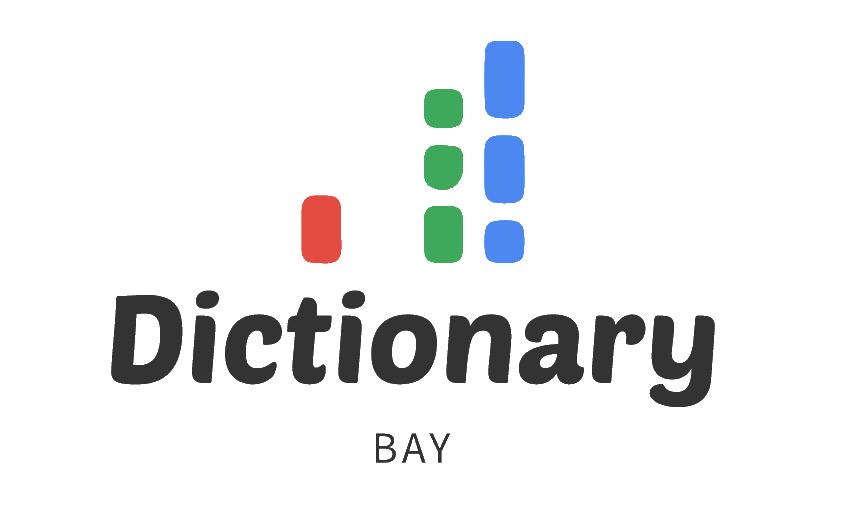Learning to read sheet music can be a daunting task for beginners, but it’s an essential skill for any musician. This guide will walk you through the basics of reading sheet music, from understanding the staff and clefs to recognizing notes and rhythms. Let’s dive in!
The Staff: The Foundation of Sheet Music
The staff is the foundation of sheet music, consisting of five horizontal lines and four spaces. Each line and space represents a different pitch, with notes placed on the staff to indicate the desired pitch.
Clefs: Defining the Pitch Range
Clefs are symbols placed at the beginning of the staff to define the pitch range. There are two main clefs used in modern music:
Treble Clef
The treble clef (or G clef) is used for higher-pitched instruments, such as the violin, flute, and guitar. The treble clef’s circular curve encircles the second line from the bottom, which represents the note G.
Bass Clef
The bass clef (or F clef) is used for lower-pitched instruments, like the bass, cello, and trombone. The two dots on the bass clef surround the second line from the top, representing the note F.
Notes: Representing Pitch and Duration
Notes are the symbols used to represent pitch and duration. Each note has a head (oval shape) and may have a stem and flag, depending on the duration.
Whole Note
A whole note (or semibreve) has an open head without a stem and lasts for four beats.
Half Note
A half note (or minim) has an open head with a stem and lasts for two beats.
Quarter Note
A quarter note (or crotchet) has a filled-in head with a stem and lasts for one beat.
Rhythm: Understanding Time Signatures
Time signatures indicate the rhythm of a piece, defining the number of beats per measure and the type of note that represents one beat. A time signature consists of two numbers, written like a fraction:
- The top number indicates the number of beats per measure.
- The bottom number represents the type of note that equals one beat (e.g., 4 for quarter notes, 8 for eighth notes).
For example, a 4/4 time signature means there are four quarter-note beats per measure.
Practice Makes Perfect
Learning to read sheet music takes time and practice. Here are a few tips to help you improve:
- Start by familiarizing yourself with the notes on the staff and their corresponding pitches on your instrument.
- Practice reading and playing rhythms in various time signatures.
- Find beginner sheet music to practice reading and playing.
- Be patient and give yourself time to progress.
In conclusion, reading sheet music is an invaluable skill for any musician. By understanding the staff, clefs, notes, and rhythm, you’ll be well on your way to becoming a proficient reader of sheet music. Remember, practice is key, and with dedication and patience, you’ll soon be able to decipher and play even the most complex compositions. So, grab your instrument and some sheet music, and start your journey to mastering the art of reading sheet music today!


